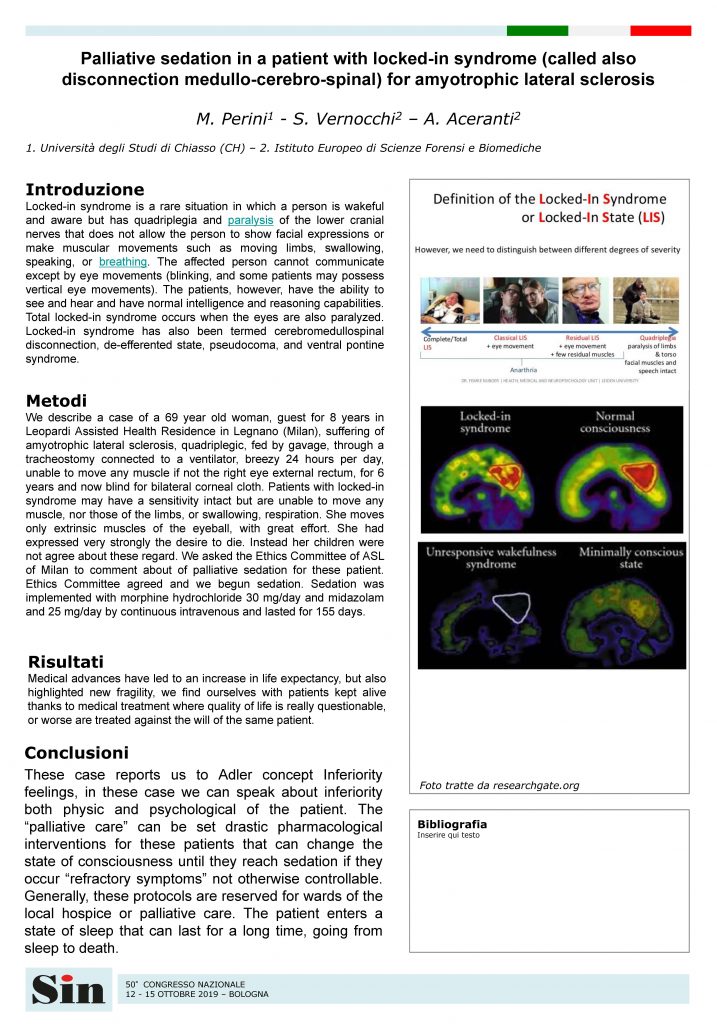Locked-in syndrome is a rare situation in which a person is wakeful and aware but has quadriplegia and paralysis of the lower cranial nerves that does not allow the person to show facial expressions or make muscular movements such as moving limbs, swallowing, speaking, or breathing The affected person cannot communicate except by eye movements ( and some patients may possess vertical eye movements)
Foreword: Locked-in syndrome is a rare situation in which a person is wakeful and aware but has quadriplegia and paralysis of the lower cranial nerves that does not allow the person to show facial expressions or make muscular movements such as moving limbs, swallowing, speaking, or breathing The affected person cannot communicate except by eye movements ( and some patients may possess vertical eye movements) The patients, however, have the ability to see and hear and have normal intelligence and reasoning capabilities Total locked in syndrome occurs when the eyes are also paralyzed Locked in syndrome has also been termed cerebromedullospinal disconnection, de efferented state, pseudocoma and ventral pontine syndrome
Description of the case: We describe a case of a 69 year old woman, guest for 8 years in Leopardi Assisted Health Residence in Legnano ( suffering of amyotrophic lateral sclerosis, quadriplegic, fed by gavage, through a tracheostomy connected to a ventilator, breezy 24 hours per day, unable to move any muscle if not the right eye external rectum, for 6 years and now blind for bilateral corneal cloth Patients with locked in syndrome may have a sensitivity intact but are unable to move any muscle, nor those of the limbs, or swallowing, respiration She moves only extrinsic muscles of the eyeball, with great effort She had expressed very strongly the desire to die Instead her children were not agree about these regard We asked the Ethics Committee of ASL of Milan to comment about of palliative sedation for these patient Ethics Committee agreed and we begun sedation Sedation was implemented with morphine hydrochloride 30 mg/day and midazolam and 25 mg/day by continuous intravenous and lasted for 155 days
Results: Medical advances have led to an increase in life expectancy, but also highlighted new fragility, we find ourselves with patients kept alive thanks to medical treatment where quality of life is really questionable or worse are treated against the will of the same patient
Conclusions: These case reports us to Adler concept Inferiority feelings, in these case we can speak about inferiority both physic and psychological of the patient The “palliative care” can be set drastic pharmacological interventions for these patients that can change the state of consciousness until they reach sedation if they occur “refractory symptoms” not otherwise controllable Generally, these protocols are reserved for wards of the local hospice or palliative care The patient enters a state of sleep that can last for a long time, going from sleep to death
Authors: M. Perini, A. Aceranti, S. Vernocchi
Published: Neurological Science, Oct 2019
Presented: Poster at the Congresso Nazionale di Neurologia SIN, 2019


